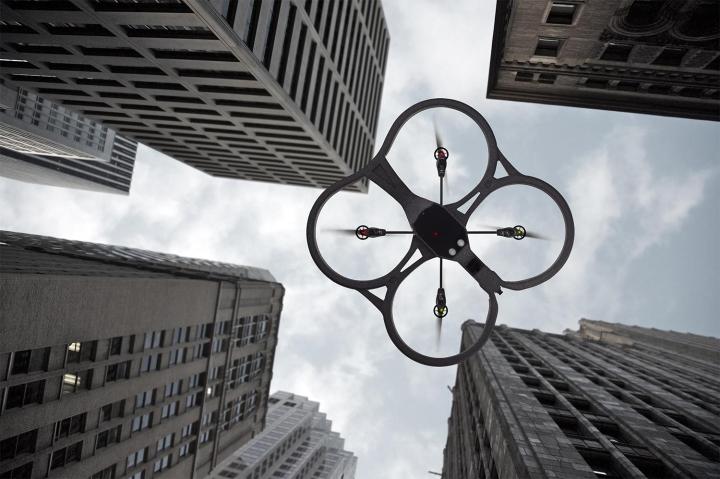
Amazon isn’t the only company gearing up to deliver packages using drones.
UPS has also been testing uses for unmanned aircraft systems (UAS), reports The Verge. While it’s currently unclear how the delivery giant would utilize its own UAS, there’s reason to believe the drone delivery wars are just around the corner.
In a statement, a UPS spokesperson told The Verge that it finds the commercial use of drones to be “an interesting technology” that the company will “continue to evaluate.”
“UPS invests more in technology than any other company in the delivery business, and we’re always planning for the future,” the spokesperson added.
At the moment, UPS hasn’t revealed how it might use a fleet of flying robots. As the report points out, it could be used to deliver packages to customers, just as Amazon CEO Jeff Bezos says his company plans use drones in a new service called Prime Air, which would enable same-day delivery of packages weighing under 5 pounds to customers within 10 miles of an Amazon distribution center. Or it could use them in-house, to move packages around UPS facilities. Bezos says Prime Air won’t launch until at least 2015.
When it comes to home delivery service using UAS, both Amazon and UPS have significant regulatory hurdles to contend with. The Federal Aviation Administration does not currently allow for the commercial use of drones without first granting a Certificate of Authority – and so far, the FAA has granted only one such certificate to a commercial enterprise: Energy giant ConocoPhillips, which can only use its drones in the Alaskan arctic.
Other rules on small UAS, like the ones displayed by Amazon, require the aircraft to be under 25 pounds, fiy no higher than 400 feet in the air, and remain within the line of sight of a pilot – which effectively puts the kibosh on making deliveries 10 miles away.
Those are the rules now – but they may soon change. A law enacted in 2012 requires the FAA to begin allowing commercial drone use by September 30, 2015. Until then, the agency will set up six test sites to vet UAS technology, in an effort to ensure drones begin populating national airspace safely. It will also establish rules and certification requirements for UAS operators.
The biggest technological barrier at the moment appears to be the advancement of what the FAA calls “sense and avoid” systems (SAA), which will give autonomous vehicles the ability to avoid obstacles, like cars, trees, or neighborhood children. If and when the agency works out “minimum standards” for SAA, only then will it be possible for Amazon or UPS to make drone delivery a reality.
The FAA tells Digital Trends that it “plans to propose a rule for small UAS next year,” at which point we’ll have a better idea about whether this whole drone delivery thing is imminent, or just a bunch of PR hot air.


